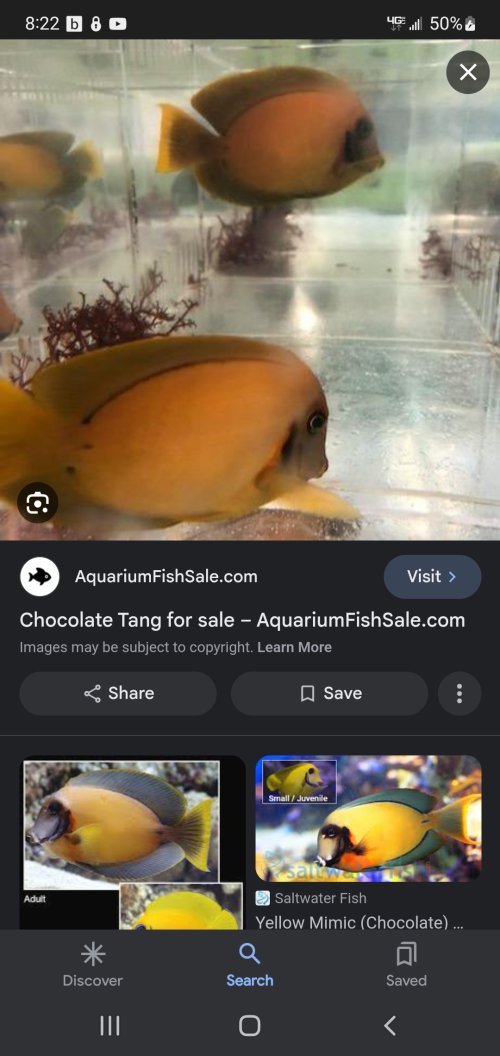Mycobacterium infection (AKA "Fish Tuberculosis") is a common, yet often misdiagnosed bacterial disease of freshwater and marine fish.I have read they are known for internal parasites. Figured I give it a shot.
Symptoms are varied and non-specific, and can include; darkened coloration, emaciation, fin erosion, skin ulcers, and granulomas on the internal organs (which will stain for gram positive, acid-fast bacteria). In most cases, the disease is chronic and slow-acting, with most fish succumbing due to "old age". However, in some species, held under crowded conditions, acute Mycobacterium infections have been seen, where a high percentage of the population will die, even at a young age. This has been noted in cichlids, pupfish, pirate perch and zebra danios.
Many treatments for Mycobacterium infections in fish have been proposed, but none work well. Antibiotics that have been used include; erythromycin, kanamycin, and rifampicin. It is probable that any drug used would need to be dosed orally, especially if freshwater fish are being treated. Control is the best course of action; maintain optimal water quality, avoid overcrowding, and remove any dead fish promptly.
Atypical Mycobacterium, M. chelonae, M. fortuitum, M. marinum are very common in the environment, and therefore are found in aquariums. They are difficult to culture, but can be isolated from virtually every aquarium if you sample properly. They are commonly found in frozen seafood items, so the chance of them being introduced into aquariums is consistently high.
Sterilization of infected tank decorations and equipment is difficult, and not strongly advised since these bacteria are already in the environment, but > 200 ppm sodium hypochlorite for > 1 hour has been shown to be effective (Noga 2010).


